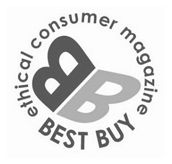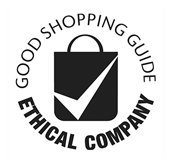8 menstrual cup MYTHS to look out for
Are you thinking of using a menstrual cup?
With the rising popularity of menstrual cups, it can be hard to separate the facts from the fiction, especially with so many misconceptions circulating online.
In this post we’ll dispel some of the most common (and sometimes dangerous) myths that we’ve come across to help you make an informed decision.
MYTH 1: You need to replace your menstrual cup every year
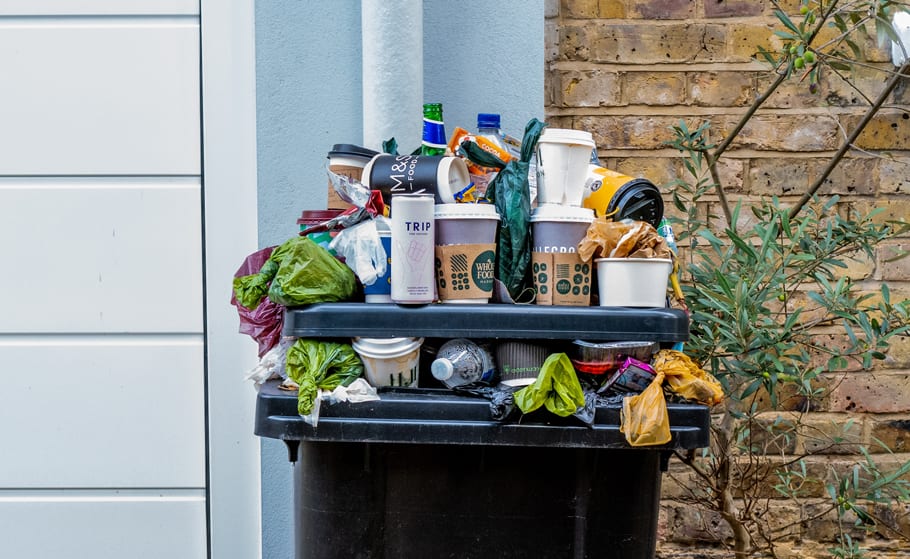
As an ethical business, we’ve been wanting to set the record straight on this one for a while. The beauty of using a menstrual cup is that it is reusable. With proper care, a high-quality menstrual cup should last for years and years. We’ve heard from quite a few real Mooncup® users who have been happily using theirs for as long as ten years!
Obviously, it’s completely down to personal choice how frequently you replace your cup. But do remember – if you look after your Mooncup® there’s no reason it shouldn’t serve you for a very long time.
However, some say that your menstrual cup should be replaced as often as every year. While this may make sense commercially (a ‘one off purchase’ model is certainly less lucrative than repeat purchase!), at Mooncup Ltd we feel that one of the central benefits of a menstrual cup is to put a stop to all that unnecessary waste.
At Mooncup, we’re proud to shout about how long our product is designed to last for. We may not have the multi-billion-pound budget of disposable sanitary giants, but we’re pleased to say we’re totally committed to our ecological values.
MYTH 2: All menstrual cups = plastic free periods
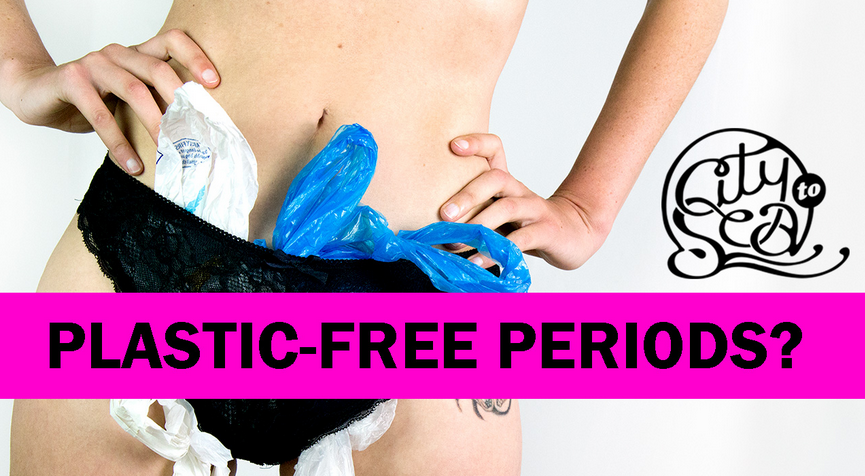
Sadly, this is not true. It’s easy to assume that using a menstrual cup will mean you’re having a completely ‘plastic-free’ period. Meanwhile, many menstrual cups on the market today are made from TPE (thermosplastic elastomer) which is, in fact, a plastic itself.
It’s also important to consider any single-use plastics involved. Is the packaging your cup comes in excessive in its use of plastic? Think: plastic bags, plastic-coated packaging, plastic windows, unnecessary wrappers and so on.
Luckily there are some deeply eco-minded menstrual cup manufacturers around – including ourselves of course! The Mooncup menstrual cup is made in the UK from medical-grade silicone – a high quality material which contains no dyes, BPA, phthalates, plastic, bleaches or toxins. While silicone is indeed a synthetic compound, it is not a plastic hybrid. It is made from naturally occurring silicon found in silica (sandstone and quartz). Silicon is the second most abundant element on the planet, after oxygen.
Switching to a reusable menstrual cup you’ll be making a HUGE positive impact on the environment. Think how much plastic you’ll be diverting from landfill ?
MYTH 3: Menstrual cups are a new invention
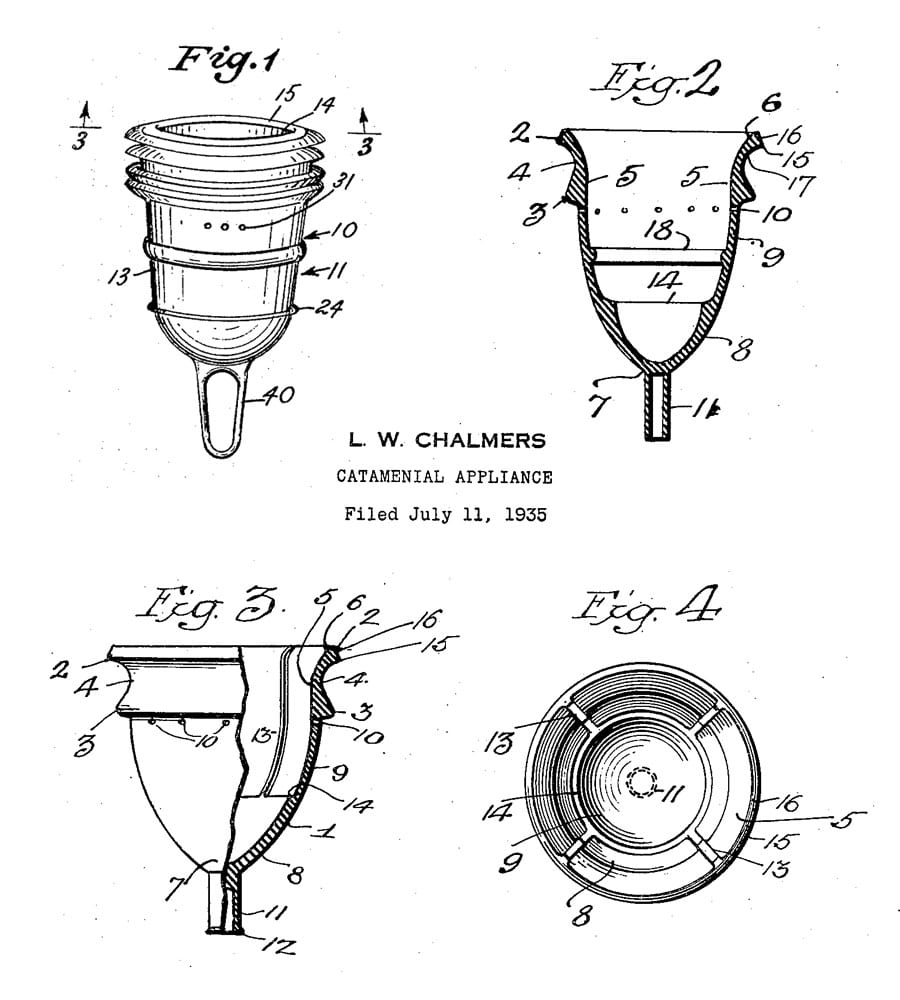
You’d be forgiven for thinking that the menstrual cup is a new concept with the recent boom in media coverage. In reality, the first menstrual cup, made from rubber, was invented in 1937 by an American woman named Leona Chalmers. As World War II broke out and a rubber shortage hit, the production of her cup ran into difficulties. Unfortunately for Chalmers her cup was met with a resistance from the public who were reluctant to clean and reuse the cup. Perhaps ahead of its time, the idea was shelved in part due to the rise in popularity of disposable products.
The menstrual cup as we know it today…
The Mooncup® was the first ever medical-grade silicone menstrual cup in the world. It was invented by our founder, Su Hardy and launched in 2002. The silicone material resolved the problem of latex allergies linked to rubber cups.
MYTH 4: Silicone menstrual cups can be organic
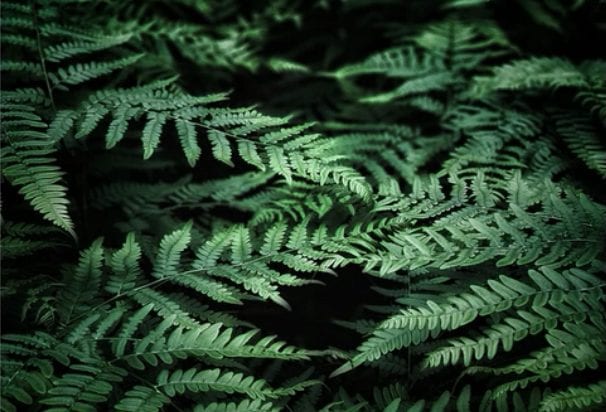
Silicone menstrual cups cannot be correctly described as ‘organic’. Organic substances are of the sort produced by, or found in, living things. Organic matter is always carbon-based.
According to The Soil Association, the UK’s leading organic certification body: “organic refers to any produce from organic farming that does not allow the use of synthetic fertilisers, genetically modified (GM) ingredients and herbicides.”
Silicone can never be ‘organic’ as organic matter is made up of carbon. Therefore, it is impossible to have an ‘organic’ silicone menstrual cup.
Be wary of misleading language like this. Remember to always look for products that are honest and transparent about what they are made from and where they are made. The Mooncup has always been made in the UK minimising the emissions and cutting out airmiles from our manufacturing process.
However, it IS possible to have a tampon made from organic cotton, such as Natracare. Check out this great post from The Soil Association which explains what to look for in tampons: Tampons: what it means to be organic and ethical.
MYTH 5: Menstrual cup size is related to flow
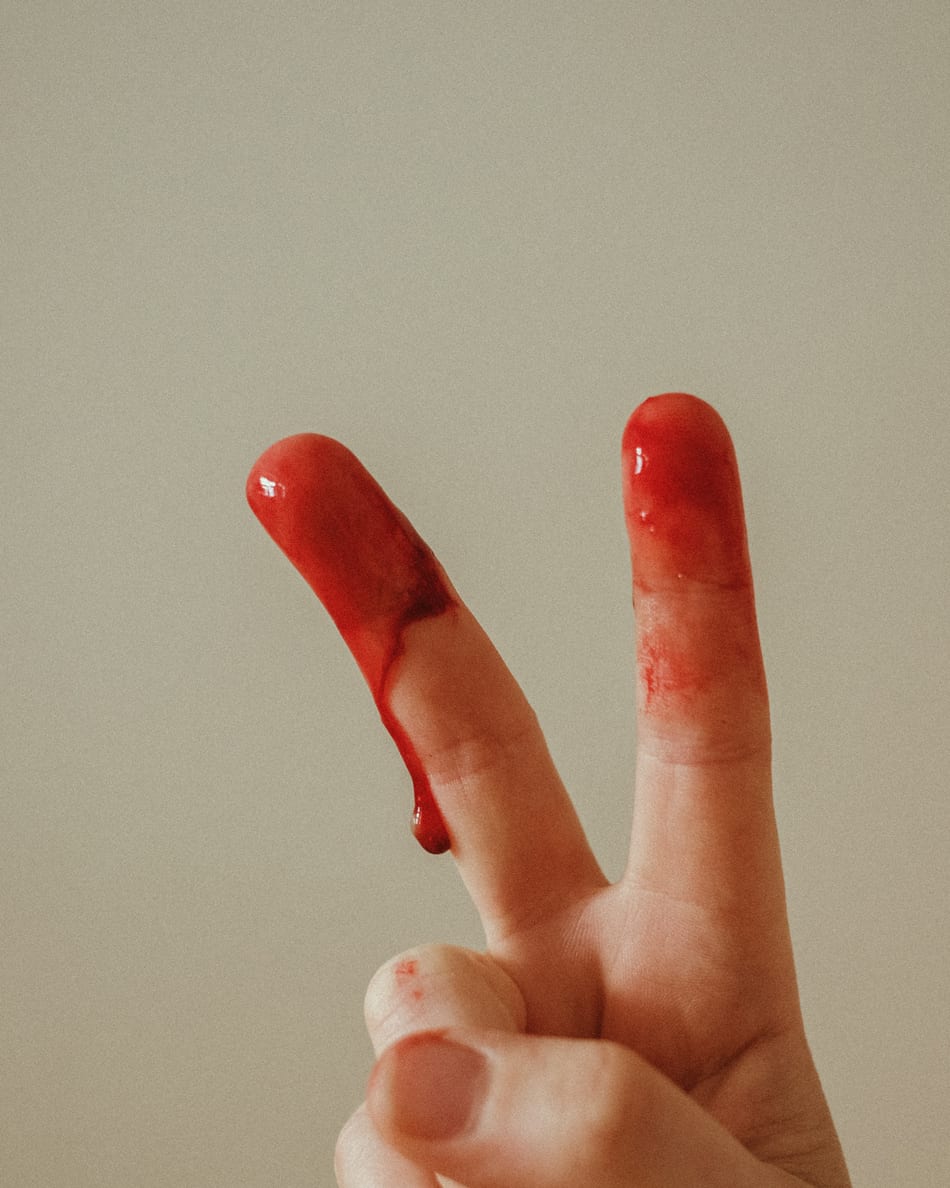
Not always. The Mooncup® comes in two sizes. The different Mooncup sizes are related to age and child bearing history – as both these things affect the tone of the muscles of the pelvic floor.
There’s a tiny difference (0.5ml) in capacity between size A and size B. Both sizes hold around three times more than a regular tampon so won’t need changing as often as you might be used to if you’re currently a tampon user.
In our experience, age, childbearing history and pelvic floor tone are more accurate indicators for selecting and happily using the right size Mooncup. There are for example users with heavy flow who still require the size B Mooncup® (the smaller size).
If you’re thinking of switching to a Mooncup® take a look at our Mooncup Sizing Guidelines to help you choose the right size Mooncup for you. As we understand that everyone’s anatomy is different, we have a unique Advice Team who can provide personalised advice to anyone who is unsure.
MYTH 6: You can never get TSS with a menstrual cup

You often come across this myth online. TSS (Toxic Shock Syndrome) is a rare and complex disease which can affect both men and women. It has been associated with people who have had surgery, soft tissue and bone infections and insect bites. It has also been linked to those who menstruate, those using intra-uterine contraceptive devices, intra-vaginal contraceptive devices, tampons and, to a lesser reported extent, menstrual cups.
If you have been previously diagnosed with TSS it is our recommendation not to use the Mooncup menstrual cup. You can learn more on our FAQ about TSS and menstrual cups.
We are committed to looking after our Mooncup users, which is why we have a free Advice Service run by medical health professionals available to answer any questions you may have on this topic.
MYTH 7: Menstrual cups can be worn for up to 12 hours
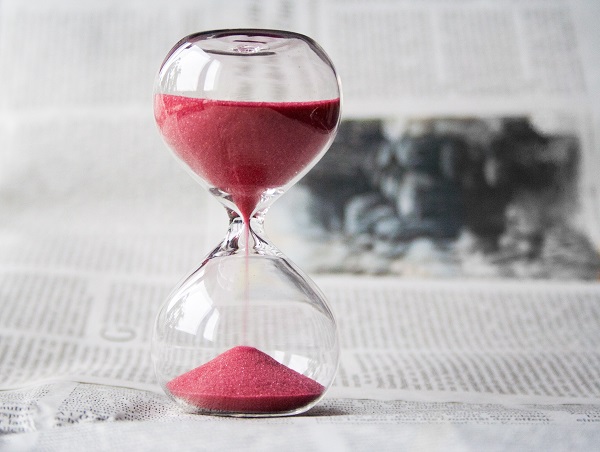
Another not-so-simple statement floating around on the web!
Understandably, there is some confusion about how long a menstrual cup can be worn for. There are quite a few menstrual cups on the market that claim they can be safely worn for 12 continuous hours.
At Mooncup, we have always stated that the Mooncup should be worn for no longer than 8 hours, in line with the official recommendations for tampon usage. Our recommendation to empty and rinse the Mooncup every 4 – 8 hours is based upon safe practice for users (as opposed to, say, the capacity or potential performance of the Mooncup vs. other menstrual cup brands). Ultimately, this recommendation is for safety and hygiene reasons to limit the risk of infections for our Mooncup customers.
It is also important to note that some regulatory bodies, such as the Therapeutic Goods Administration in Australia (TGA), state that a menstrual cup should not be worn for longer than 8 hours.
Your menstrual cycle will probably vary from day to day so a guideline of 4-8 hours is useful for most users. You may of course need to change your cup more frequently if you have heavy periods to avoid leakage.
One last thing: changing a period cup in public isn’t as scary as you think! Read about public loo (and portaloo!) Mooncup experiences on our testimonials page.
MYTH 8: All menstrual cups are made equal
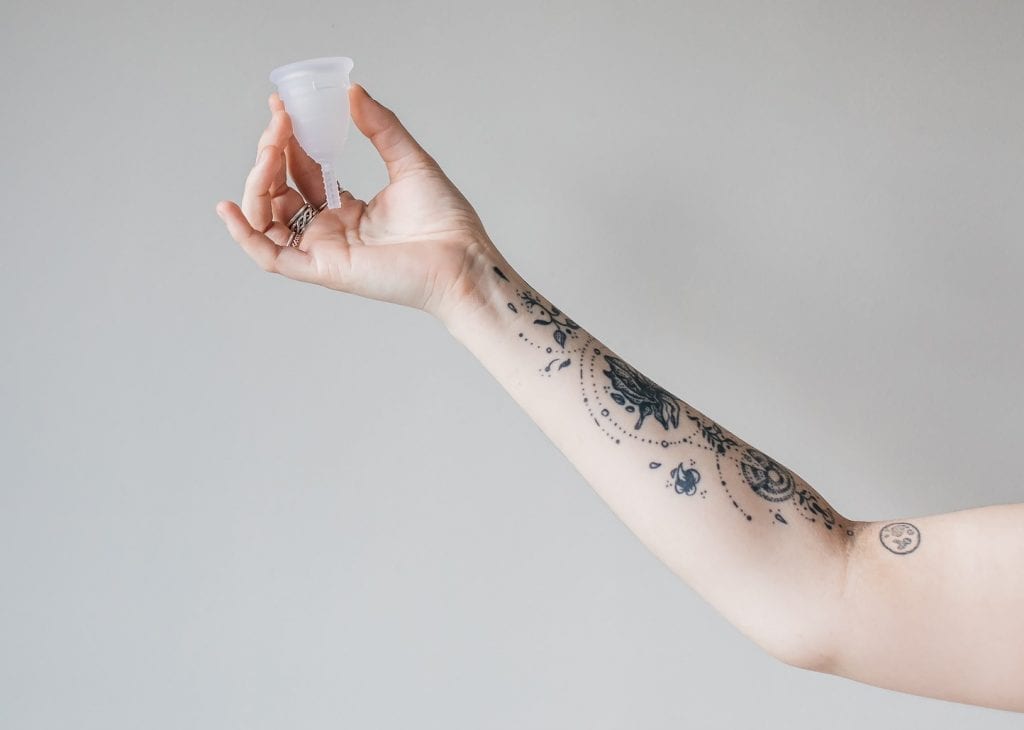
Massive myth!
Be careful where you choose to buy your menstrual cup and check it adheres to high quality standards. Unless you buy a reputable brand from an authorised retailer there’s a chance that you (and your vagina) might not be as satisfied with your purchase as you expected.
At Mooncup, we’re often contacted by customers who realise they’ve been fooled into buying a fake or cheaply manufactured cup, so we want to help you make an informed decision.
A few things to look out for when choosing a menstrual cup:
- Some cups are being made from food-grade silicone which cannot be considered a safe material for a menstrual cup. Look out for the materials listed and trust your instincts. Misinformation is rife when it comes to the cheap menstrual cups on the market.
- Some cups may claim to have a “CE mark” – commonly known as a certification mark to indicate health, safety and environmental protection standards for products sold within the European Economic Area. Thing is, menstrual cups aren’t actually regulated in this way. If there IS a CE mark on your cup it could be the China Export symbol – which looks almost identical!
- Another point to consider is where your menstrual cup is manufactured. Unfortunately, not all countries will have high standards of quality within their manufacturing industries, nor will they be conducting ethical trade practices in all instances. The Mooncup is, and has always been made in the UK minimising the emissions and cutting out airmiles from our manufacturing process.
Related reading
Found this article interesting? You may be interested in How to choose the best menstrual cup for you?
Read more on the Mooncup blog
Make sure your Mooncup® is the real deal
Can you go swimming on your period?
Mooncup Review Archives – 9 Questions about the Mooncup, answered!
Top menstrual cup tips for a first-time Mooncup® user

